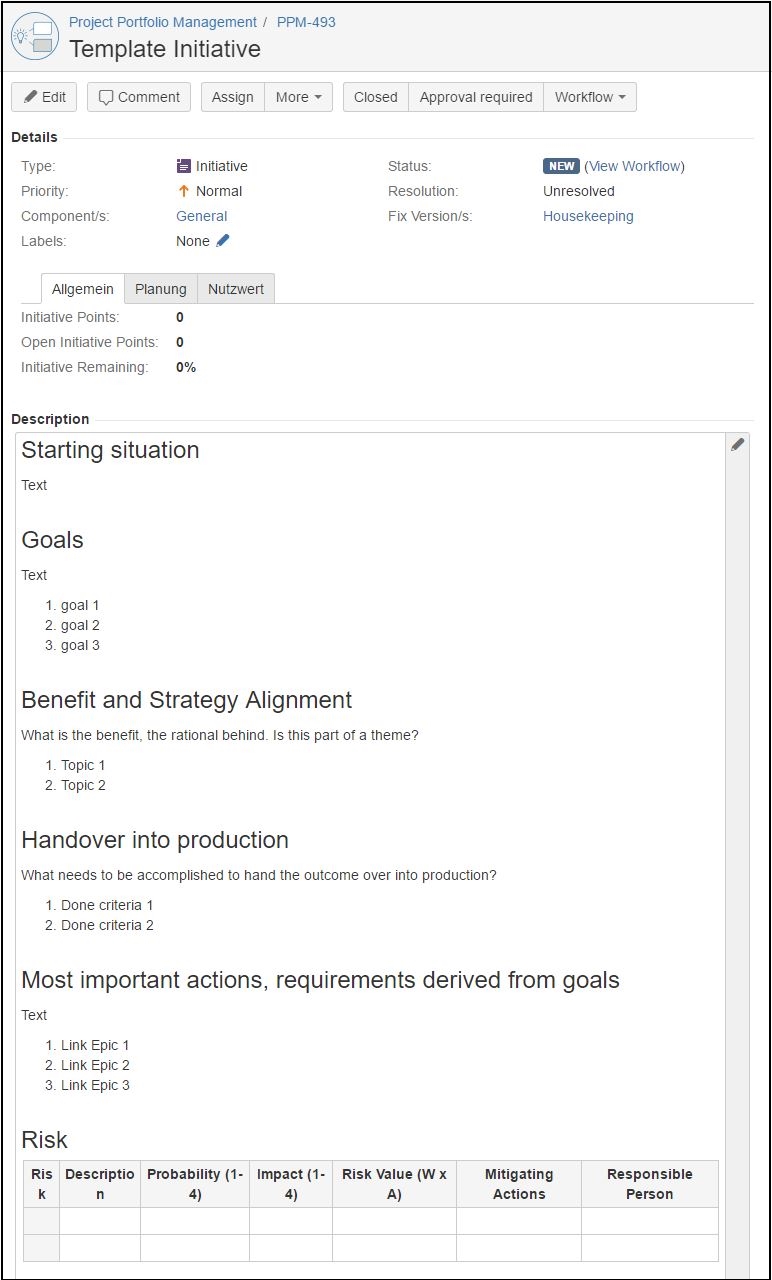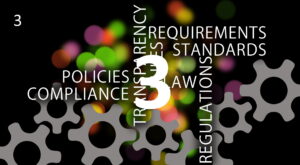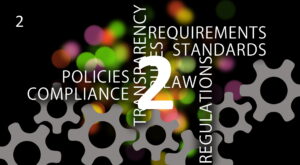Lean PPM – step 11: Documentation consumer type 1: executive managers
Executive managers do not have a lot of time. They are keen people…
I am sorry to break your flow of reading at this point for a short discussion about executive managers, middle management and systems that doom people to stagnation.
— Discussion about executive managers and locking systems
In my experience over the last 30 years, in most cases executive managers are really excellent people. “Indifferent” managers are mainly locked in the middle management – but not because the individuals are inaptly. Rather middle management is doomed by the system to work in an indifferent way. To change the system, I personally see under the responsibility of executive management. This is where I set my question mark. Maybe executive managers are doomed by the system as well. I encounter a real difference whether executive managers or owners are in the driver seat of an organization. Maybe managers better fulfil quarterly financial reports to satisfy shareholders. I personally encounter that shareholder profit in owner driven organizations is not that high as in manager driven ones, but in the long-term these organizations are more robust, show a sustainable growth, more creativity and innovation and you find a higher ratio of intrinsic motivates employees.
— End of discussion – back to the documentation thread
Executive managers read one page. Executive managers want to see things to progress or the reason why things get stuck. Executive managers take decisions and have an interest to receive appropriate information to take a decision. Executive managers have an interest to reach goals; in the big picture; in the change roadmap; in the alignment of the change roadmap with strategy; in financial factors. Executive managers lose interest very fast if they feel wasting their time. Sometime executive managers have an interest on tiny details – but in this case no documentation helps. In this case an executive manager best is informed face by face by a competent person.

The amount of text an executive manager would read
So the requirements of executive managers regarding documentation are:
- Easy to find – best presented in a personal and (automatically) daily used dashboard.
- One Page information (scrolling is waste of time and inadequate).
- Executive managers pull information – except something might fail. In this case an executive manager expects a push about a potential failure so that she can take preventive actions.
- Executive managers do not like unpredictable negative incidents.
- For sure executive manager like unpredictable success messages.
- As a subject matter experts: You can be sure that an executive manager has never read the detailed report about risks or delays until the issues bubbles up because of some accident.
- Executive managers want to see the name of the competent person behind a project/issue/action in case she requires a face2face to receive tiny details (in case of an accident).
There is on important fact to remind: Executive managers typically are no team members. They represent the culture and visionary capital of the organization and own the additional responsibility of a catalyst: if a catalyst works well, the organization works clean and powerful; if a catalyst fails, the organizations state of health drops. Because of this face2face information is far more important as documentation. Documentation rather is used as form of reporting to detect devations from the expected path. The real communication for steering should be done personally in 1:1 or other forms of direct communication. It is a matter of interpretation, shared knowledge and trust.
At least this is my experience aligned with the following principle in the agile manifesto: The most efficient and effective method of conveying information to and within a development team is face-to-face conversation. And the head of the development team of a company is the executive management.


